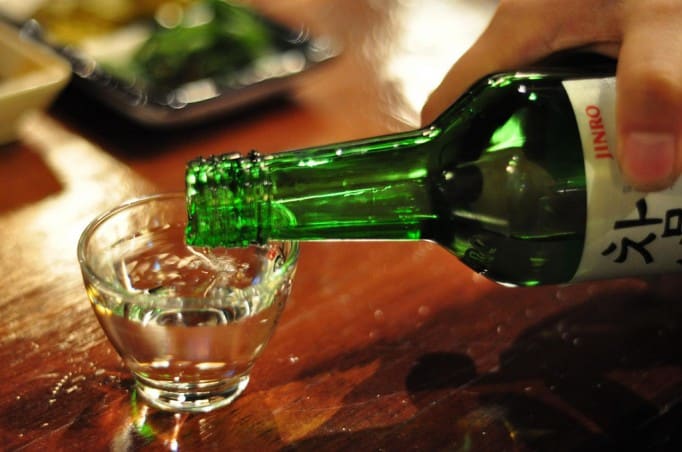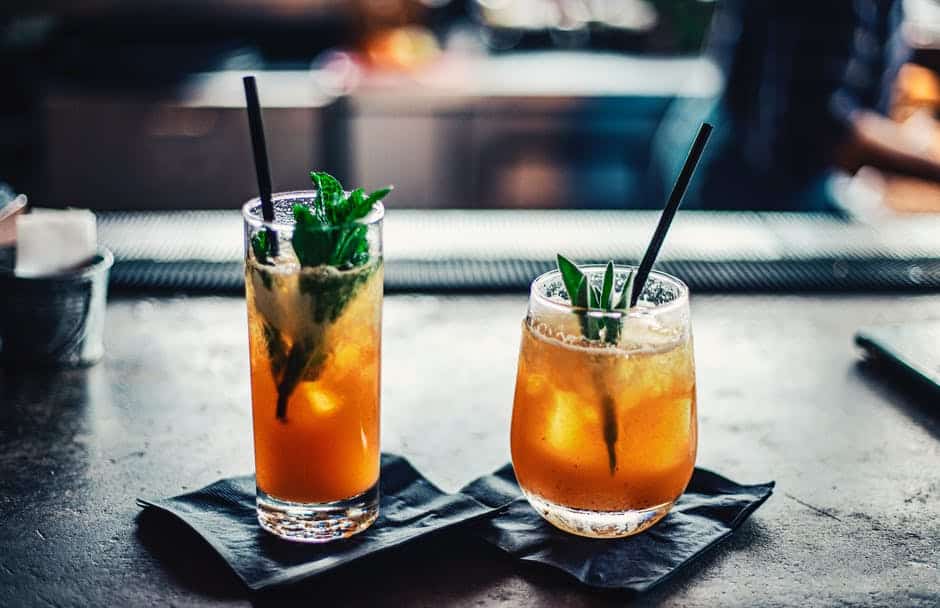Physical Address
304 North Cardinal St.
Dorchester Center, MA 02124
Physical Address
304 North Cardinal St.
Dorchester Center, MA 02124

Maesil–ju is a type of plum wine or plum liqueur. Maesil is regularly used in a syrup as a condiment and sugar substitute in salad dressings, all manner of marinades and sauces. It is also diluted in hot water to be consumed as tea or mixed in with cold water to be enjoyed as a refreshing summertime beverage.
Maesil-ju, while primarily enjoyed for its taste, also offers several nutritional benefits. Plums, its main ingredient, are rich in vitamins C and K, providing antioxidants that help to combat free radicals in the body.
Consumption of plums may support digestion due to their natural fibre content, which can promote a healthy gut. Furthermore, these nutritional elements can aid in boosting immune function and skin health, enhancing the appeal of this delightful beverage. Recent studies also suggest that compounds in plums could help regulate blood sugar levels, offering additional health benefits.
Maesil–ju is marketed under various brand names, including Mae hwa soo, Matchsoon and Seoljungmae. Both the Japanese and Korean varieties of plum liquor are available with whole plum fruits contained in the bottle.
In South Korea, Maesil-ju holds a special place in cultural celebrations and gatherings. It is often served during traditional holiday feasts and family reunions, symbolising prosperity and good fortune.
This plum wine is also a customary offering in ancestral rites, highlighting its importance in maintaining cultural heritage. Sharing Maesil-ju during these events reinforces social bonds and celebrates the continuity of customs across generations. Furthermore, its inclusion in festive toasts is seen as a gesture of goodwill and camaraderie.
Today, it has become a popular beverage throughout South Korea with some restaurants sell it on their menus. However, most people prefer making their own maesil-ju using either rice or kimchi. Maesil-ju is best enjoyed chilled while eating sashimi or rice cake.
Its sweet taste comes from an infusion of yellow or green plums from Prunus mume;
Hwangmae (yellow plums) — yellow in colour, fragrant and firm.
Cheongmae (green plums) — unripe/firmer and less fragrant.
Prunus mume is a deciduous tree that starts to flower in mid-winter, typically around January until late February in East Asia. It can grow to 4–10 metres (13–33 ft) tall. The flowers are 2–2.5 centimetres (0.79–0.98 in) in diameter and have a strong fragrant scent. They have colors in varying shades of white, pink, and red.

The leaves appear shortly after the petals fall, are oval-shaped with a pointed tip, and are 4–8 cm long and 2.5–5 cm wide. The fruit ripens in early summer, around June and July in East Asia, and coincides with the rainy season of East Asia, the meiyu (梅雨, “plum rain”). The drupe is 2–3 centimetres (0.79–1.18 in) in diameter with a groove running from the stalk to the tip. The skin turns yellow, sometimes with a red blush, as it ripens, and the flesh becomes yellow. The tree is cultivated for its fruit and flowers.

The exact origins of maesil-ju are unknown, but it is thought to date back to the Goryeo Dynasty (918-1392). Native to China and Korea, the plums have been cultivated for 1500 years, and long known in Japan where it is highly valued as an ornamental, Prunus mume was introduced to Britain in the mid-nineteenth century when some double-flowering Japanese cultivars were imported.
However, it wasn’t until the end of the century that it became established in cultivation. Even today, the eighth edition of W.J. Bean’s Trees and Shrubs Hardy in the British Isles, after describing the tree’s virtues, notes that it is uncommon and listed only by a few nurserymen.
Maesil-ju is still produced and consumed today, and can be found in many Korean restaurants and bars.
Recent innovations in Maesil-ju production have focused on enhancing both flavour and sustainability. Producers have started employing advanced fermentation techniques to better preserve the natural sweetness and aromatic qualities of the plums.
Eco-friendly practices are being adopted, such as using energy-efficient equipment and sustainable farming methods, minimising the carbon footprint of the production process. These advancements not only improve the quality of Maesil-ju but also support environmental conservation efforts, meeting the demands of environmentally conscious consumers. The utilisation of organic ingredients further adds to its sustainability appeal.

The spirit is produced by starting with soju, a distilled spirit, and soaking plums in the liquor. The mixture is typically left to age for nearly 100 days, after which the fruit is removed. At this point, sugar is added and the fruit wine is left to age for 3-6 months, although it could be consumed immediately.
While it’s not quite as thick as traditional European dessert wines, maesil-ju is definitely sweet enough to be classed as one.
There are both Chinese and Japanese versions, but the Korean Maesil-Ju is made with soju and honey outlined below;
Ingredients;
Steps To Make;
For extra flavor, try adding roasted seaweed or alternatively, you could sprinkle some dried shrimp or mukbang (Korean pepper flakes).
Seasoning options include yellow food coloring and lemon juice. If you want your drink to be green, use another color instead of orange. Lemon adds a nice boost to the aroma but not so much that you cannot consume lots without burning mouths.
Interested in trying maesil-ju ? Check out our article on the best bars in Seoul for locations on some of the best places to try this wonderful Korean alcoholic beverage.